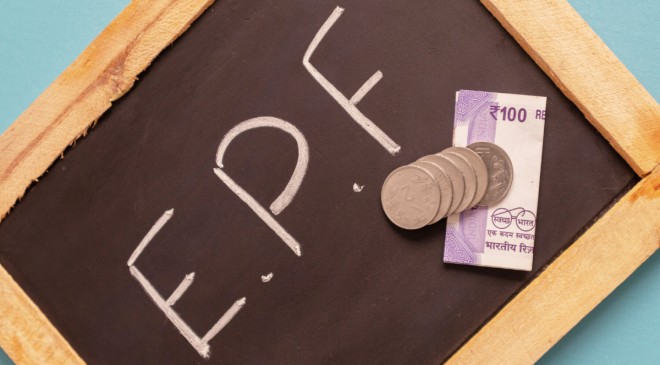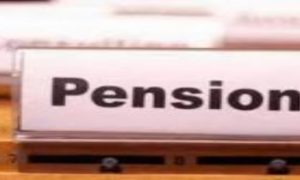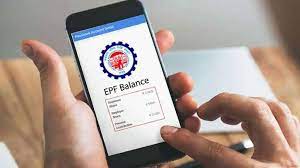To ensure tax-free EPF withdrawals, subscribers must complete 5 years of contributions, with TDS of 10% for withdrawals over Rs 50,000 if they have a PAN card, and 30% if they do not.
The Employees’ Provident Fund Organisation (EPFO), under the administrative control of the Ministry of Labour and Employment, regulates the norms for the employees’ contributory provident fund. Under the EPF scheme, the employee contributes 12% of their basic pay, and the employer matches this contribution. The employer’s EPF contribution is divided into two parts: 8.33% goes to the pension scheme, and 3.67% goes to the EPF corpus.
Read More: PPF Account Holder ALERT! 3 Major New Rules From October 1 – All Details
The main objective of the EPF scheme is to financially secure the post-retirement life of workers employed in the organised sector through an assured retirement corpus and a pension. However, the employee can withdraw funds partially or fully from their EPF account even before the scheme matures. Unlike other financial schemes, the EPF does not have a specified term; instead, the EPF scheme matures with the superannuation of the employee.
The EPFO has established specific guidelines regarding the withdrawal of funds from EPF accounts. In this article, we will explore the conditions under which an employee can withdraw funds from his or her EPF account.
New EPF withdrawal rules 2024:
Under normal circumstances, you cannot withdraw provident fund before retirement if you continue in a regular job without any break or gap in employment. However, partial withdrawal of fund is allowed under specific conditions like
medical emergencies, higher education and buying or construction of a residential house.
In case an employee loses his or her job, he or she can withdraw 75% of EPF after completing one month of unemployment and the complete 100% after two months. But for this, the employee has to declare unemployment.
In case the employee is unemployed for one month and gets a new job in the second month, the individual will have the option to withdraw 75% corpus citing the unemployment reason and can get remaining 25% transferred to the new PF account joining the new organisation.
Read More: Public Provident Fund: How much corpus can Rs 12,500 monthly investment in PPF make over 15 years?
Tax treatment on EPF withdrawals:
For a tax-free withdrawal of funds, either partial or full, it is mandatory that the PF subscriber has completed 5 years of contributions under the EPFO scheme. However, if the withdrawal amount is less than Rs 50,000, there is no tax liability.
If the EPF withdrawal amount is more than Rs 50,000 within five years of opening the account, the EPF subscriber is liable to pay a TDS of 10% if he or she possesses a PAN card. Without a PAN, this tax liability goes to 30%.
In summary, despite EPF being a retirement savings and pension scheme, there are specific conditions under which a subscriber can partially or fully withdraw funds. To ensure tax-free withdrawals, subscribers must complete 5 years of contributions, with TDS implications based on the amount withdrawn and the presence of a PAN card.





































